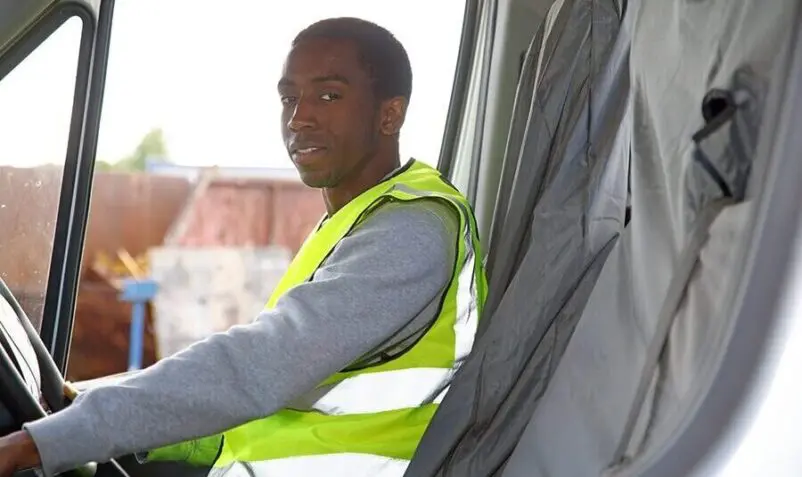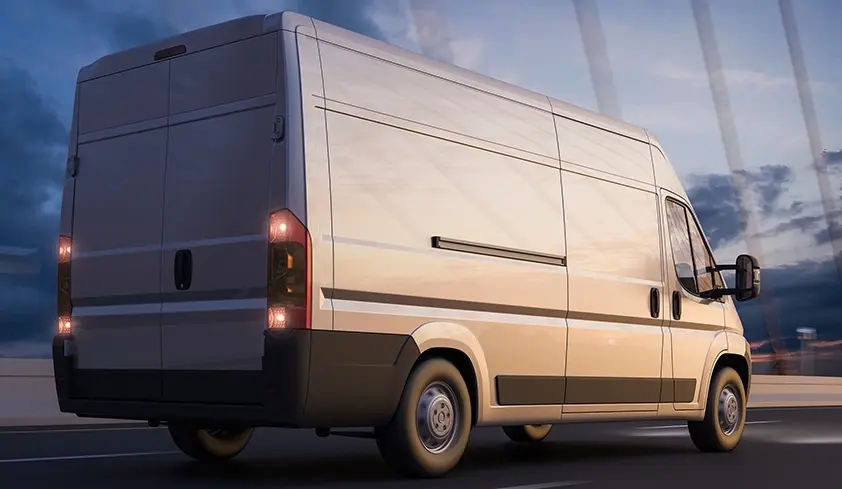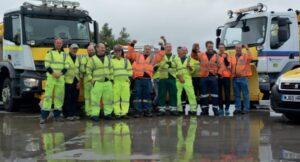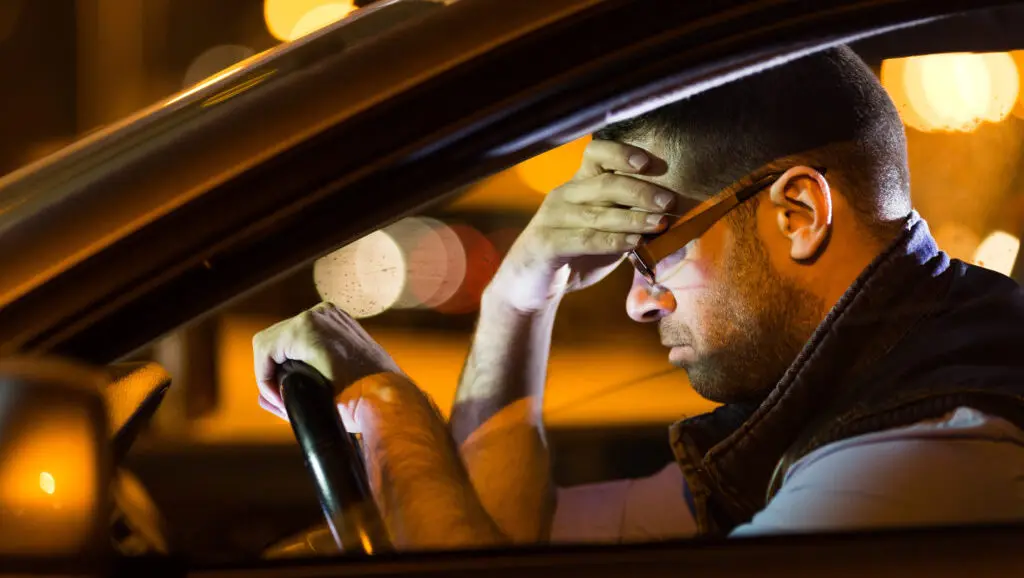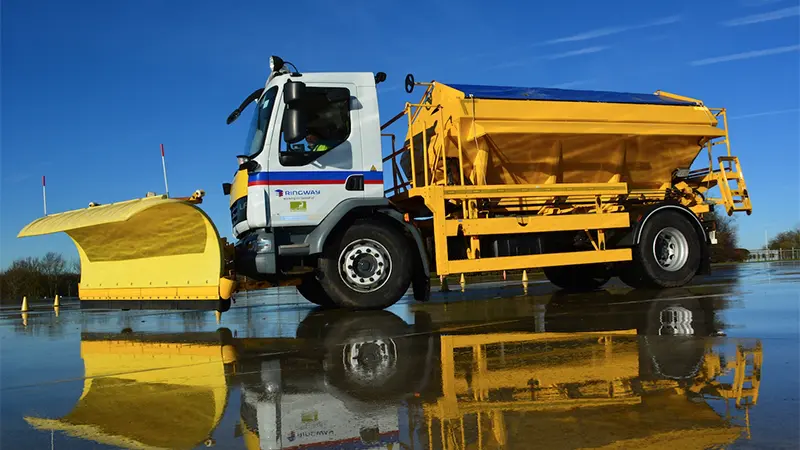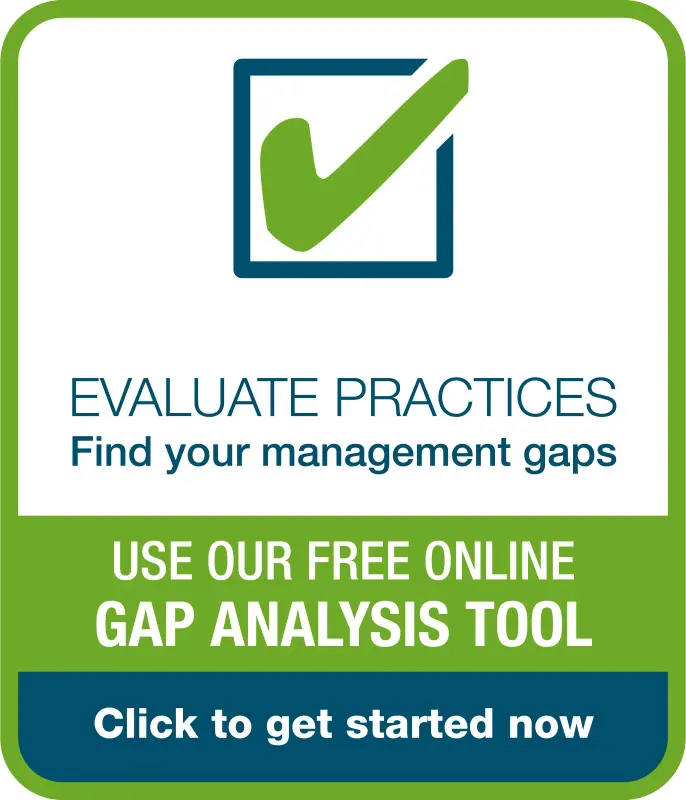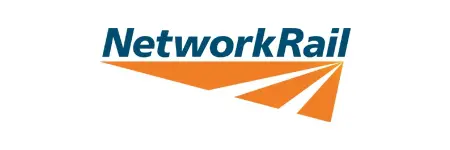
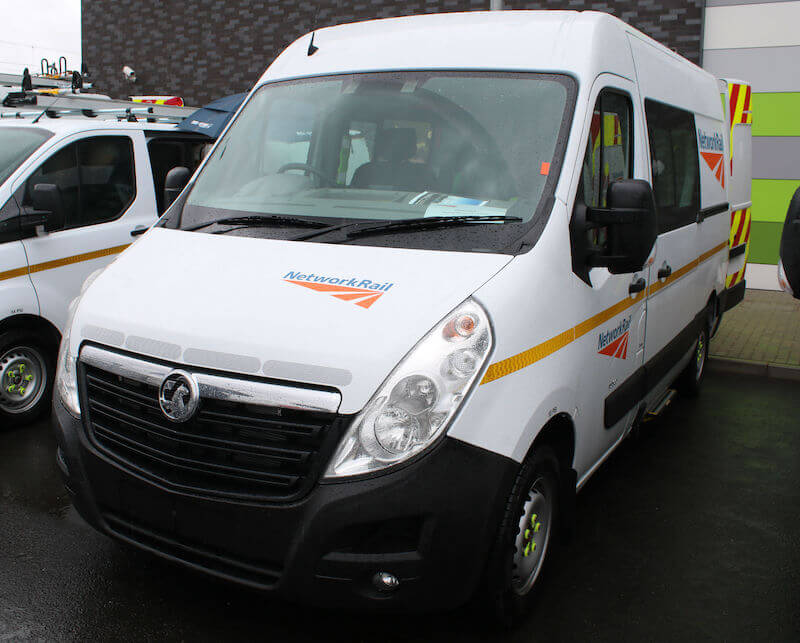
Fleet Size
Company cars: 94
LCVs: 7,000
HGVs: 400
Network Rail owns, repairs and develops the railway infrastructure in England, Scotland and Wales. Up to 13,000 vehicles (including lease vehicles) support its management of 20,000 miles of track, 30,000 bridges, tunnels and viaducts and the thousands of signals and level crossings as well as 20 of the country’s largest stations.
The vehicles range from cars to HGVs. 7,000 of these are LCVs designed to transport railway engineers and tools, and 400 are HGVs.
Network Rail has recently refocused its road risk management strategy for its c9,700 strong fleet, including signing up with Driving for Better Business. Head of corporate safety Simon Morgan gives us an interim report on its progress.
Summary of Achievements
Fuel Usage
DOWN 10%
Key Rules Breaches
DOWN 50%
Prosecution Notices
REDUCED
Demonstrating leadership in driver safety
“Safety is at the heart of everything I do. It should be fundamental in everything everybody does, at home or work. It’s like the air you breathe as you walk along. Road risk is a significant risk within Network Rail because of the size of our fleet. We have had a fatality over the last year and we are putting governance processes, systems and equipment in place that should mitigate that risk as much as we possibly can and to avoid a future fatality”
Head of corporate safety, Simon Morgan, Network Rail
More details

Network Rail owns, repairs and develops the railway infrastructure in England, Scotland and Wales. Up to 13,000 vehicles (including lease vehicles) support its management of 20,000 miles of track, 30,000 bridges, tunnels and viaducts and the thousands of signals and level crossings as well as 20 of the country’s largest stations.
The vehicles range from cars to HGVs. 7,000 of these are LCVs designed to transport railway engineers and tools, and 400 are HGVs.
Network Rail has recently refocused its road risk management strategy for its c9,700 strong fleet, including signing up with Driving for Better Business. Head of corporate safety Simon Morgan gives us an interim report on its progress.
“Safety is at the heart of everything I do. It should be fundamental in everything everybody does, at home or work. It’s like the air you breathe as you walk along. Road risk is a significant risk within Network Rail because of the size of our fleet. We have had a fatality over the last year and we are putting governance processes, systems and equipment in place that should mitigate that risk as much as we possibly can and to avoid a future fatality.”
Head of corporate safety, Simon Morgan, Network Rail
Proper governance
Simon Morgan heads up all corporate health and safety, including all workforce and rail passenger risk. Although this is a dizzyingly broad remit, he recognises that driving is still one of the organisation’s key risk areas to manage.
While its engineers are very well versed in the health and safety of working on railway lines, they do not necessarily recognise road risk as an equivalent occupational hazard.
Network Rail has joined the Driving for Better Business programme as part of its renewed focus on fleet safety. It will be using the risk assessment and management gap detection resources, as well as driver content such as posters and the Van Driver Toolkit.
Network Rail has successfully driven down its ‘life saving rules breaches’. Its life saving rules are:
- Always wear a seat belt
- Never drive under the influence of drink or drugs
- Never speed
- Never use a mobile phone, even hands free
The number of breaches has been on a downward trend since April 2021, dropping by 50% from 70 breaches per 4-week period to 35 over 12 months.
Good governance
Network Rail has created control processes and also a process definition document which looks at organisation, responsibility and accountability, data collection and objectives. Road risk sits within health and safety, one of Network Rail’s 16 core processes. A proper governance structure means it can be measured, managed and monitored appropriately.
The company’s internal auditors reviewed its fleet management and offered a series of recommendations.
These included setting up a national forum – the Road Risk Safety Group. This helps to manage risk and also reports into the industry road risk group.
A lead has been appointed for risk and fatigue, which, says Simon, are too often inseparable factors. The lead has a support team, including a road risk technical specialist. This specialist has created a new driving manual, and new driving standards, on which all staff have been briefed.
Telematics
Network Rail has a very positive history with telematics, as its previous system saved it 10% of its multi-million-pound fuel bill. It also substantially reduced its NIPs (Notice of Intended Prosecutions) for speeding.
Two years ago the company decided to upgrade to a new system, but the subsequent implementation was then slowed, like many things, through the COVID years. As a result, Simon, who started the role 12 months ago, had little real-world or up-to-date data on fleet performance or driver behaviour in the months prior to the new roll-out.
The telematics system is now installed in 80% of the fleet and is collecting baseline data.
It is already changing Network Rail’s perception of its fleet liability. “Our NIPsS have been steadily decreasing,” says Simon. “However, the telematics is showing that we still have a higher number of 10 and 20mph speeding incidents than we anticipated.”
By far the biggest speeding culprits in Network Rail’s diverse fleet are vans, most frequently on 50 and 60mph roads. The team suggests this might show a lack of awareness of the speed limits for commercial vehicles carrying goods on single-lane roads and dual carriageways.
“We want to start with an awareness campaign and general education before we start to address individual driver coaching,” says Simon.
The system will go live soon, and there are protocols for different levels of driver infringement. A speeding incident 10 miles over the limit for a minute or more will necessitate driver assessments. Twenty miles over the limit triggers a full investigation.
While the speeding is unwelcome, the data isn’t. “The telematics system will be brilliant because it is showing us our fleet performance clearly. If you don’t know about your problems you can’t fix them,” he says. “Identifying areas of risk is an essential first stage in producing better safety results.”
Fatigue
Network Rail is very conscious of the risk of fatigue, as its workers often fix railway lines at night when services are naturally reduced.
“In principle we would like to be able to analyse our shift patterns to see if we can lower the risk of driver fatigue,” he says. “We are currently looking at systems and talking to other operators to ascertain the best ways of doing this.”
Licence Checking
Simon has also studied the mandated licence checks which all of its drivers undergo. He’s found that while 80% go through Network Rail’s automated system, about 20% are checked visually by managers. However, the audit trails on paper-based checks are challenging. Simon is now asking for evidence of randomised licence checks by line managers as well as the initial checks.
Roadworthiness
The data recording system incorporates the daily walk-round safety check every driver should complete on their vehicle, making it easier to ensure compliance. The next level of assurance would be inspections by regional management and finally the internal audit team will investigate and validate evidence of effective checks.
This will be an important risk mitigation step as it is easy for non-vocational drivers to disregard the importance of daily checks.
“It’s our first, second and third line of defence,” says Simon. “It’s not perfect yet but we’ve got a plan that could be perfect. That’s what we’re driving towards.”

